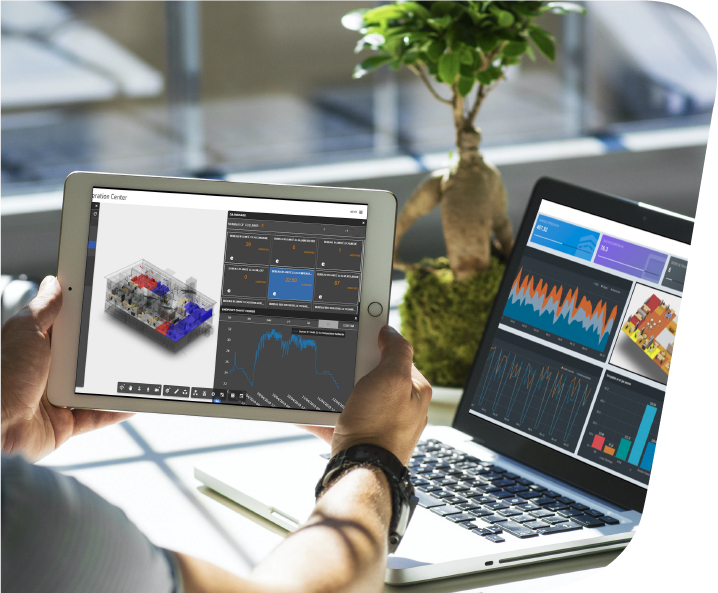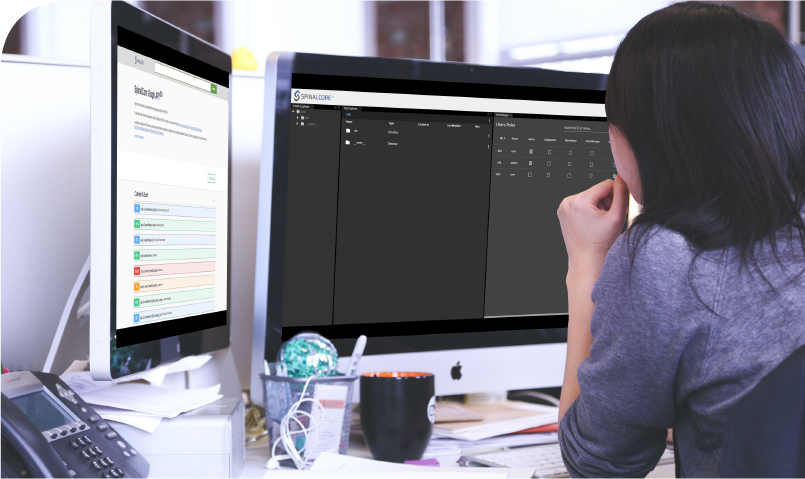
what is A building management system – bms?
Higher level of the BAS (Building Automation System), the Building Management System (BMS) is an information system responsible for automating and controlling the activity of the site. It does so by supervising several services at the same time, such as heating, lighting, accessibility, etc. as well as equipment such as video surveillance, convenience machines or access control. It contains a database of measurement points, alarms and time series. The BMS, just like the CTM or the CMMS or any other building information system, requires the configuration of a building repository (building, floor, area, equipment); these are generally established in silos, with their own naming conventions, making the interoperability of systems difficult, expensive and not very scalable.

connect bim AND BMS via THE bos
It is possible to create a BIM-BMS link using the BIM repository as a common repository for all information systems and thus reduce integration time, facilitate communication between the different teams and promote interoperability of systems. This can be useful if you want to quickly and easily identify and share the geolocation of interventions to be conducted and the associated technical characteristics. It is also interesting if you want to move from preventive or curative maintenance to predictive maintenance. For this, we offer a middleware approach – known as Building Operating System (BOS) – which becomes both guarantor and manager of the unified repository, and avoids update errors. It is then possible to connect a measurement point to its avatar in the Building Operating System (BOS), so that this data can then be consumed by the building’s BMS supervisor, or any other system integrated into the BOS (for example, the use of temperature and presence data in third-party applications). The 3D viewer consumes the data directly from the BOS, to display a contextualized visualization of the data.



